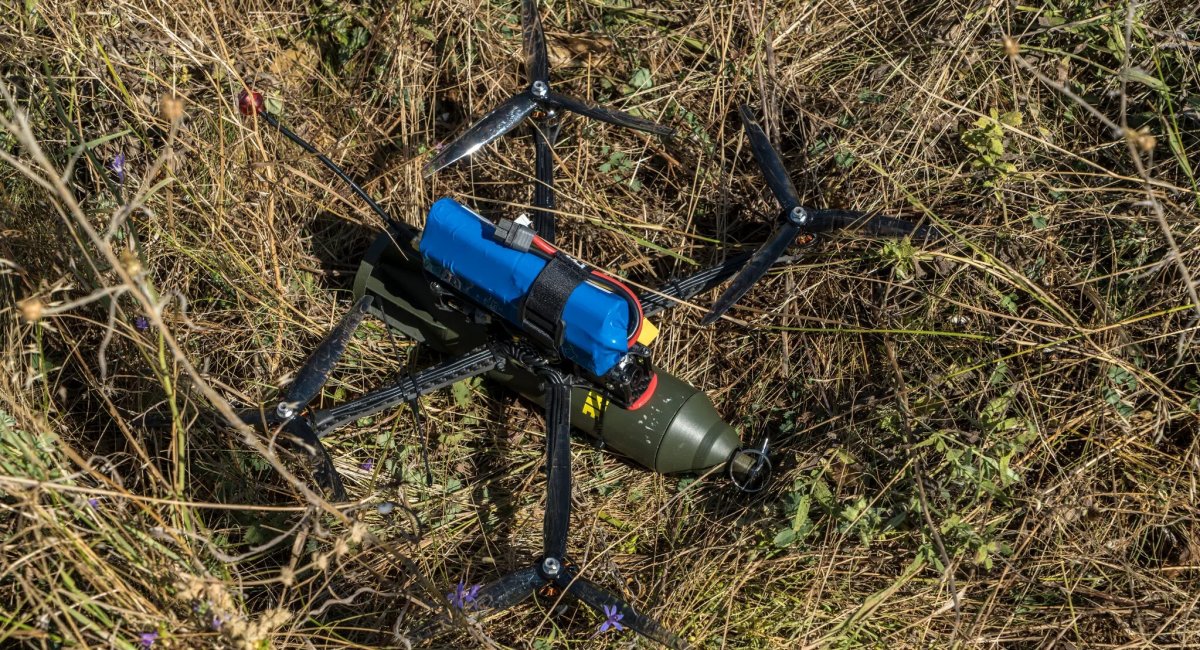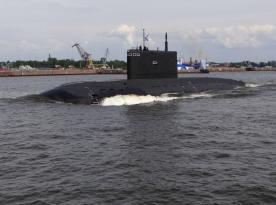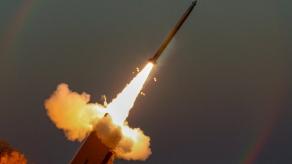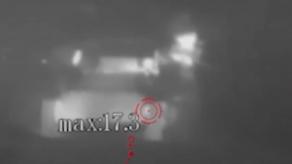According to the New York Times, more than any conflict in human history, the fighting in Ukraine is a war of drones. That means a growing reliance on suppliers of the flying vehicles — specifically, China. While Iran and Turkey produce large, military-grade drones used by Russia and Ukraine, the cheap consumer drones from DJI, EHang and Autel have become ubiquitous on the front line largely come from China, the world’s biggest maker of those devices.
That has given China a hidden influence in a war that is waged partly with consumer electronics. As Ukrainians have looked at all varieties of drones and reconstituted them to become weapons, they have had to find new ways to keep up their supplies and to continue innovating on the devices. Yet those efforts have faced more hurdles as Chinese suppliers have dialed back their sales, as new Chinese rules to restrict the export of drone components took effect on Sept. 1.
Read more: Russia Offers Reverse Engineering Education Using Ukrainian UAV
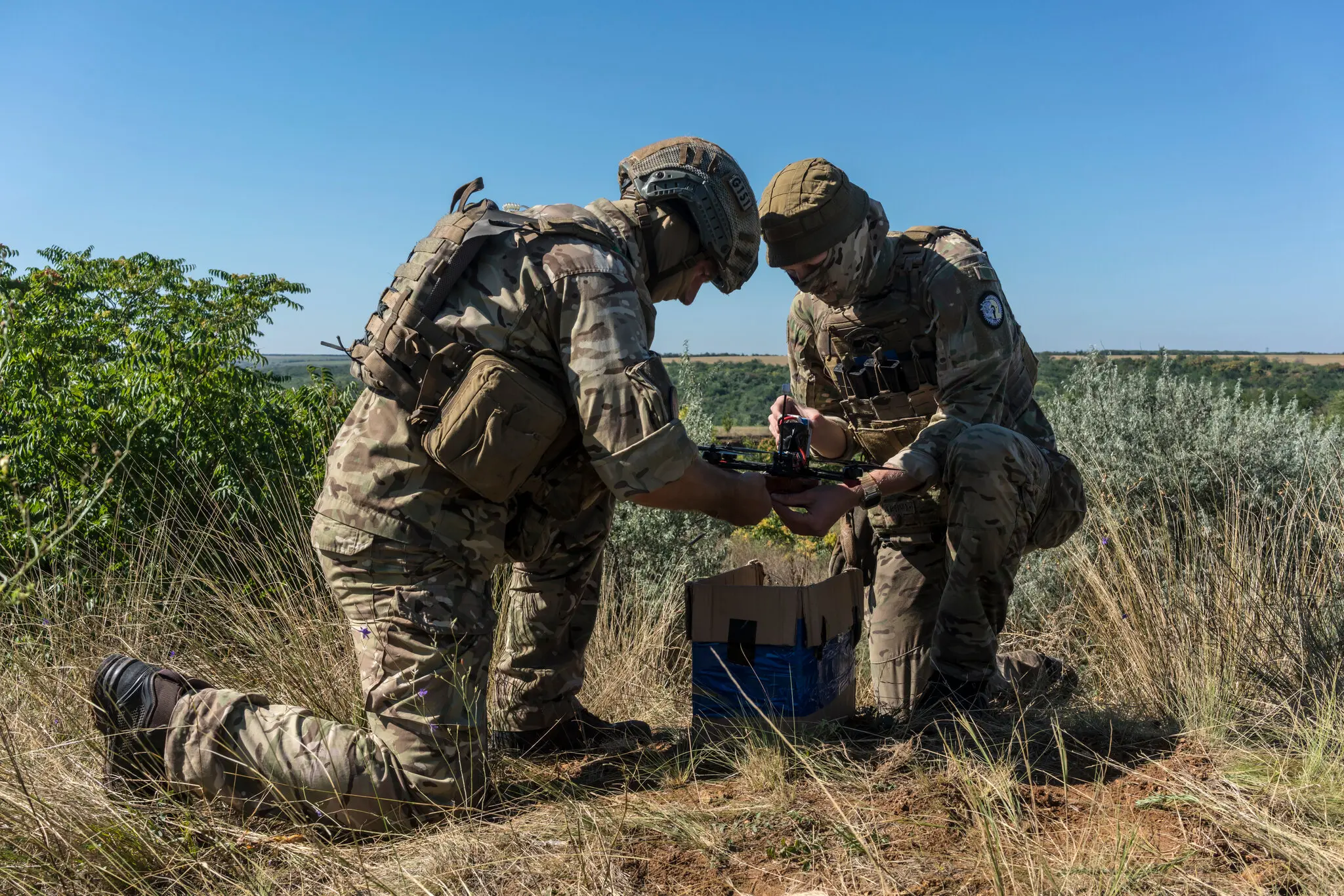
DJI, EHang and Autel companies have churned out drones at an ever-increasing scale. They now produce millions of the aerial gadgets a year for amateur photographers, outdoor enthusiasts and professional videographers, far outpacing other countries. DJI, China’s biggest drone maker, has a more than 90 percent share of the global consumer drone market, according to DroneAnalyst, a research group.
Yet in recent months, Chinese companies have cut back sales of drones and components to Ukrainians, according to a New York Times analysis of trade data and interviews with more than a dozen Ukrainian drone makers, pilots and trainers. The Chinese firms still willing to sell often require buyers to use complicated networks of intermediaries, similar to those Russia has used to get around American and European export controls.
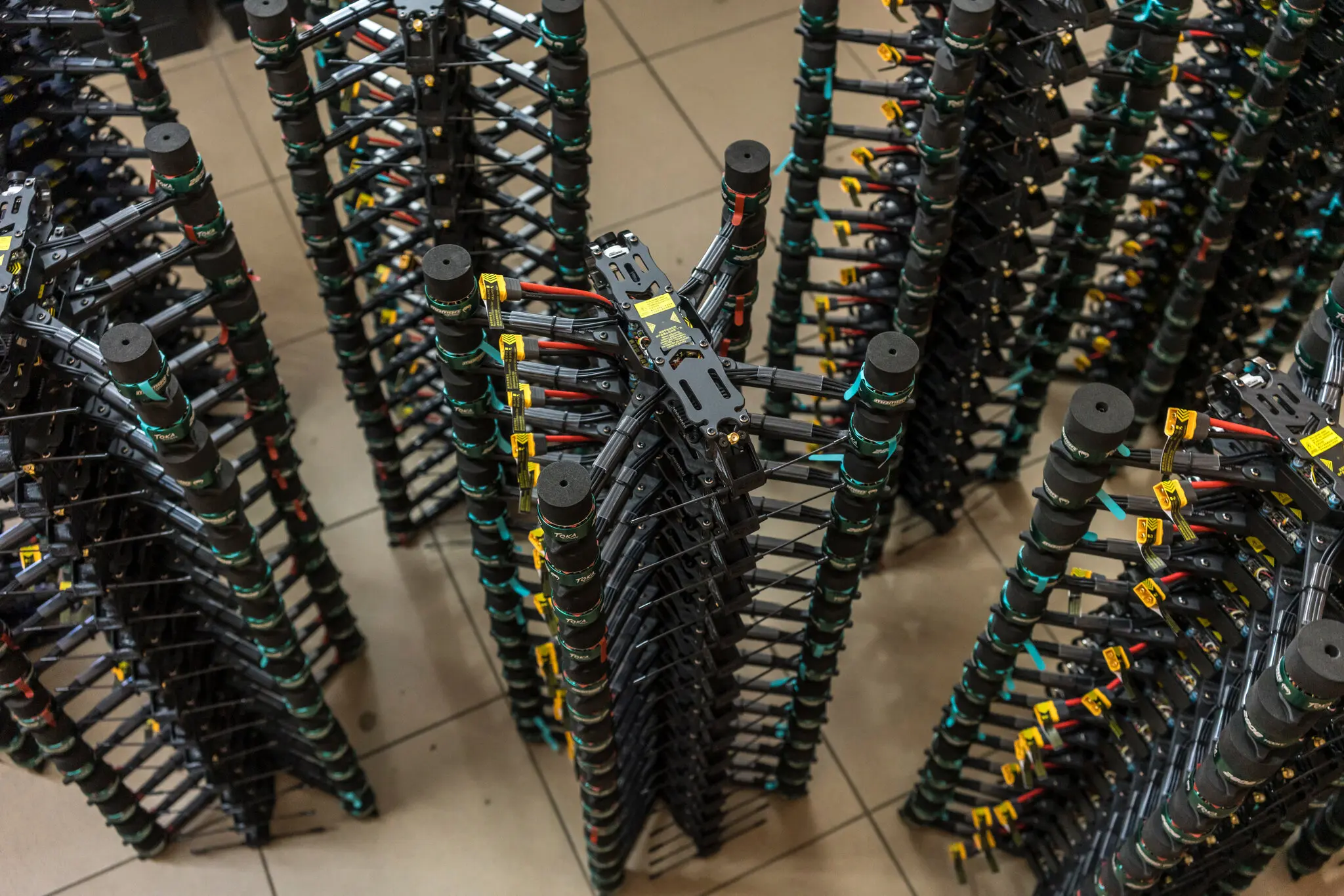
Some Ukrainians have been forced to beg, borrow and smuggle what’s needed to make up for the gadgets being blown out of the sky. Ukraine loses an estimated 10,000 drones a month, according to the Royal United Services Institute, a British security think tank. Many fear that China’s new rules restricting the sale of drone components could worsen Ukrainian supply chain woes heading into the winter.
These hurdles widen an advantage for Russia. Direct drone shipments by Chinese companies to Ukraine totaled just over $200,000 this year through June, according to trade data. In that same period, Russia received at least $14.5 million in direct drone shipments from Chinese trading companies. Ukraine still obtained millions in Chinese-made drones and components, but most came from European intermediaries, according to official Russian and Ukrainian customs data from a third-party provider.
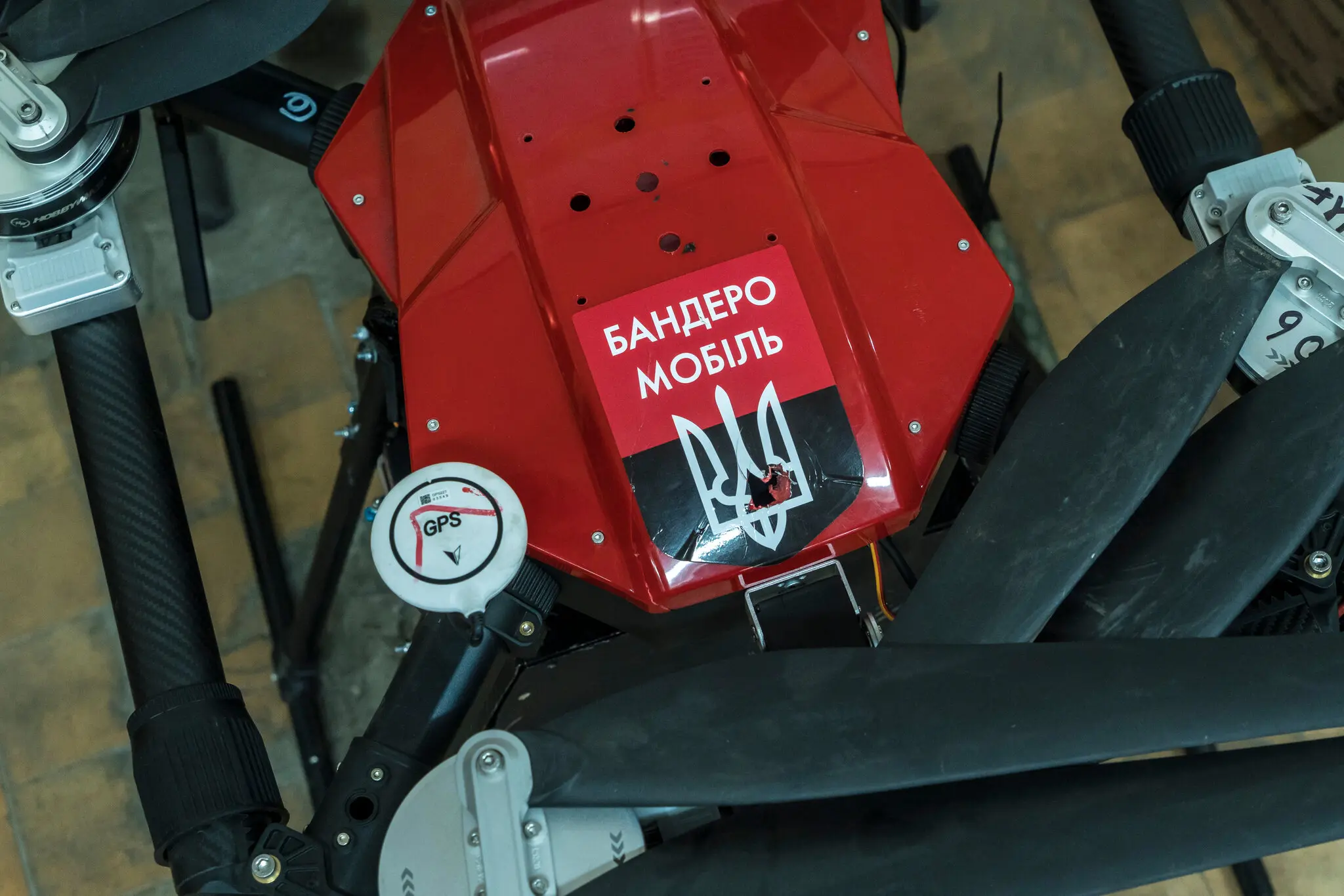
Ukrainians are working overtime to build as many drones as possible for reconnaissance, to drop bombs, and to use as guided missiles. The country has also earmarked $1 billion for a program that supports bootstrapping drone start-ups and other drone acquisition efforts.
Read more: Ukrainian Air Scouts Showed How russians Use Their Lancet UAVs on the Battlefield




